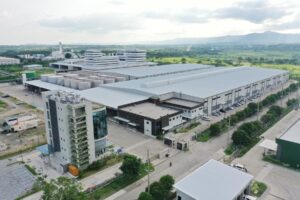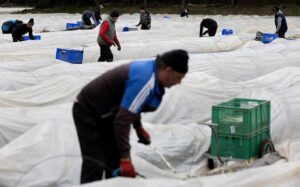Menu
- Daily
- National
- International
ECB: Foreign Workers Fueling Post-Pandemic Growth in Euro Zone
ECB foreign worker report, ECB immigration study, economic growth Europe 2025, EU immigration and labor, euro zone demographic trends, euro zone labor force growth, Featured, foreign workers economic impact, foreign workers skilled jobs, labor market euro area, post-pandemic economic recovery EuropeTrump Slaps 100% Tariff on Foreign Films to Revive U.S. Movie Industry
2025 Hollywood movie tax, Featured, global film trade war, Hollywood vs foreign studios, movie tariff impact UK Australia, Trump economic policy 2025, Trump film industry protectionism, Trump foreign film tariffs, Trump movie industry plan, US 100% movie import tariff, US vs international film production - Editorial
- Next Negosyante
- Crypto News





















Comments are closed for this article!